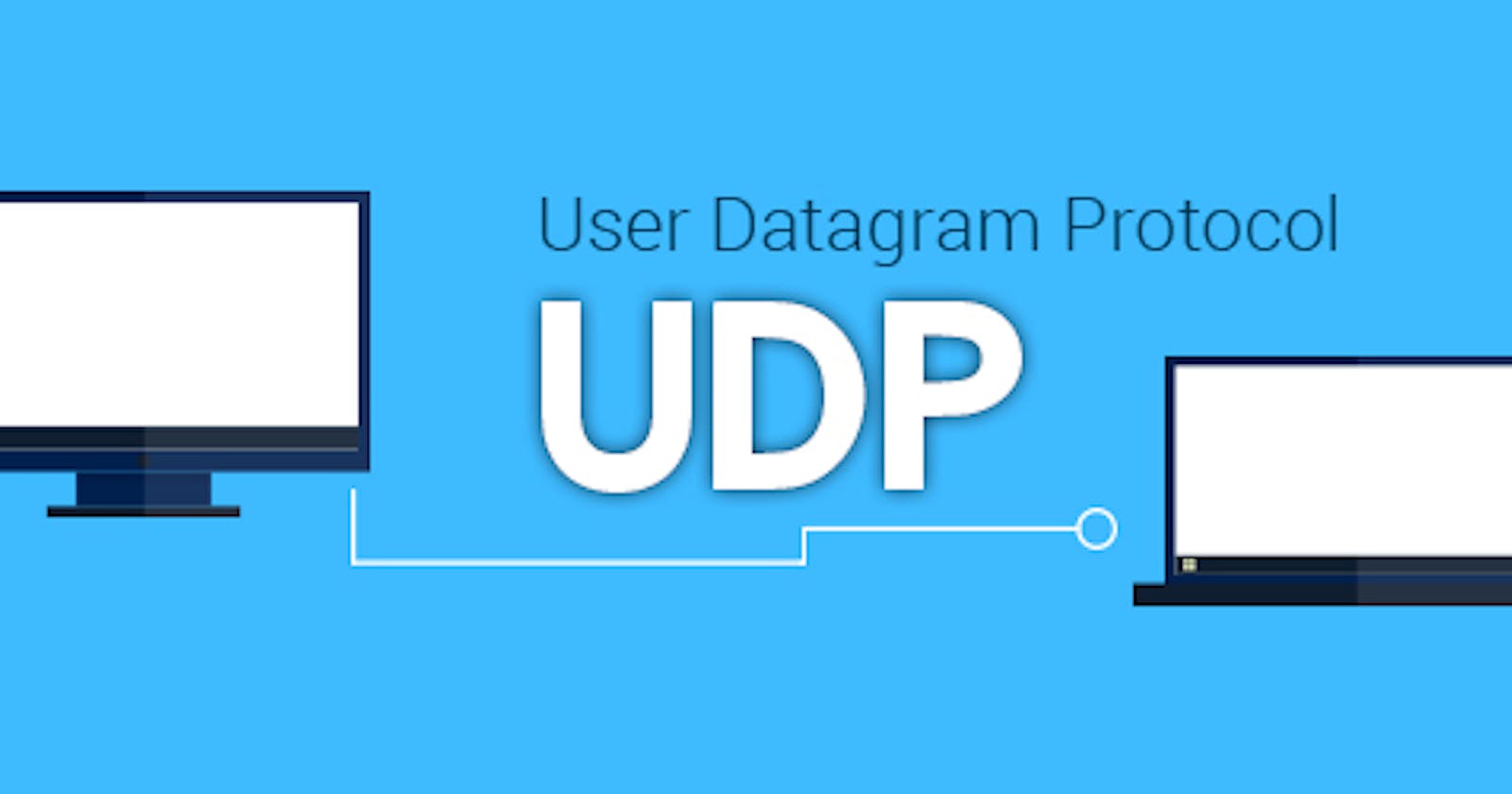Understanding UDP (User Datagram Protocol)
UDP (User Datagram Protocol) is one of the core transport layer protocols in the Internet Protocol Suite (TCP/IP). Unlike TCP (Transmission Control Protocol), UDP is connectionless and does not provide guaranteed delivery or reliability. In this article, we'll delve into UDP, explore its characteristics, and discuss its applications in networking and communication.
Characteristics of UDP
Connectionless: UDP is connectionless, meaning that communication occurs without establishing a formal connection between the sender and receiver. Each UDP packet is treated as an independent unit of data and is transmitted individually.
Unreliable: UDP does not provide guaranteed delivery or error recovery mechanisms. There is no acknowledgment or retransmission of lost packets, making UDP susceptible to packet loss and out-of-order delivery.
Minimal Overhead: UDP has minimal overhead compared to TCP, as it does not require the establishment and maintenance of connection state information or sequence numbers for packet tracking.
Low Latency: Due to its connectionless nature and minimal overhead, UDP offers lower latency and faster transmission speeds compared to TCP, making it suitable for real-time communication and multimedia streaming applications.
Applications of UDP
Real-Time Communication: UDP is commonly used for real-time communication applications such as VoIP (Voice over Internet Protocol), online gaming, and video conferencing, where low latency and responsiveness are critical.
Multimedia Streaming: UDP is well-suited for multimedia streaming applications such as live video streaming and IPTV (Internet Protocol Television), where timely delivery of data packets is more important than guaranteed delivery.
DNS (Domain Name System): UDP is used for DNS queries and responses, allowing clients to resolve domain names to IP addresses quickly and efficiently.
Network Monitoring: UDP is often used for network monitoring and management protocols such as SNMP (Simple Network Management Protocol), where real-time data collection and monitoring are required.
Conclusion
UDP is a fundamental protocol in computer networking, offering low-latency, connectionless communication for a variety of applications. While UDP lacks the reliability and error recovery mechanisms of TCP, its lightweight and efficient nature make it well-suited for real-time communication, multimedia streaming, and other latency-sensitive applications. By understanding the characteristics and applications of UDP, network engineers and developers can leverage its strengths to design and implement efficient and responsive network protocols and applications.
Are you interested in learning more about networking protocols, communication technologies, or computer networking fundamentals? Share your thoughts in the comments below and subscribe to our blog newsletter for updates on similar topics.
